As cities search for cleaner, quieter, and more livable solutions, one idea is gaining surprising traction: neighborhoods without cars. From Europe to the U.S., entire developments are being designed with walking, biking, and public transit in mind—not driveways and garages. The result is a lifestyle with less noise, more green space, and a stronger sense of community. These 13 cities are leading the way in building neighborhoods that say goodbye to cars and hello to a different way of living.
1. Culdesac Tempe – Tempe, Arizona

According to Fast Company, Culdesac Tempe is the first car-free neighborhood purpose-built from the ground up in the United States. Located just outside Phoenix, this development is designed with pedestrians in mind—there are no personal garages or driveways. Instead, residents have access to rideshares, light rail, bike shares, and communal spaces. The entire layout is optimized for foot traffic and social interaction.
Without the need for parking lots and wide roads, the developers were able to add more green space, courtyards, and local businesses. Every amenity is within walking distance, making it easier to run errands or grab a coffee without hopping in a car. It’s not just a novelty—it’s a bold prototype for what suburban life could look like without vehicle dependence. Early residents are embracing the slower, more connected pace of life.
2. Vauban – Freiburg, Germany
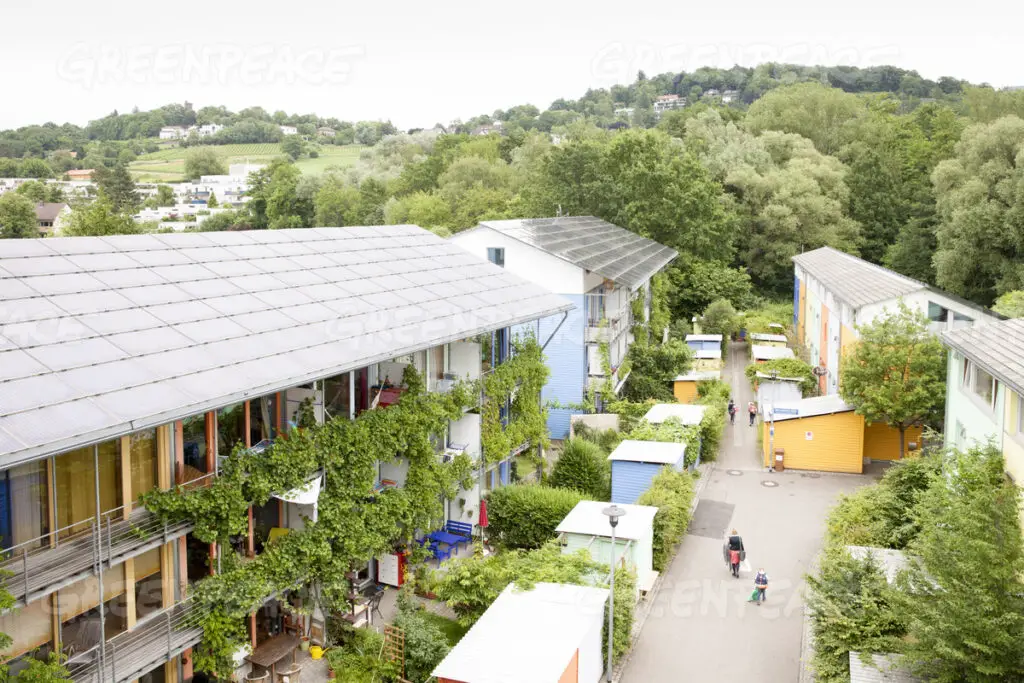
Vauban is frequently cited as one of the world’s most successful car-free neighborhoods. The Guardian reports that cars are only allowed on the outskirts and must be parked in designated garages far from homes. Inside the neighborhood, pedestrian paths, playgrounds, and bike lanes dominate the landscape. It’s a quiet, green, and family-friendly environment that encourages face-to-face interaction.
Children can safely play outside without fear of traffic, and residents are more likely to know their neighbors. The shift away from car culture has also made the area healthier and more environmentally sustainable. Many residents report not missing car access at all thanks to Freiburg’s excellent public transit system. Vauban proves that car-free living isn’t just possible—it can be preferred.
3. Zuidas – Amsterdam, Netherlands
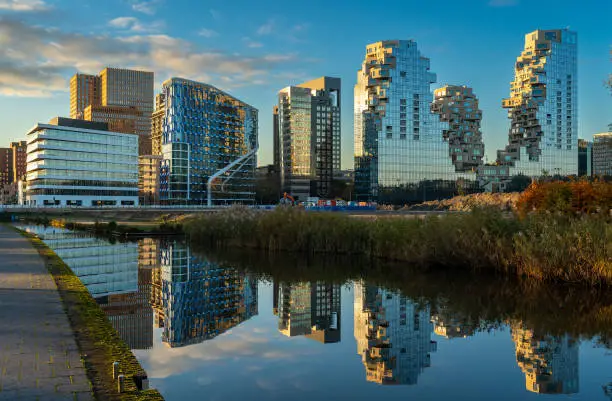
As National Geographic explains, Amsterdam’s Zuidas neighborhood is becoming a model for integrating car-free design into a bustling business district. The area prioritizes bike infrastructure and pedestrian zones while reducing space for cars. Even delivery services are being reimagined to limit vehicle congestion. Offices, homes, and shops are clustered together to reduce the need for travel altogether.
Rather than trying to adapt car-centric areas, Amsterdam is building neighborhoods from scratch that reflect the city’s famous biking culture. The result is cleaner air, more vibrant street life, and a greater sense of safety. Planners hope the Zuidas model can be adapted for other dense urban hubs around the world. It’s a glimpse into what future cities might look like when cars aren’t the default.
4. Superblocks – Barcelona, Spain

Barcelona’s “superblocks” are transforming how city blocks are used. According to The New York Times, this urban design strategy closes certain streets to through traffic, allowing only local access for emergency or delivery vehicles. Inside the superblock, intersections are converted into parks, play areas, or gathering spots. It’s like taking a dense city and carving out little villages within it.
The city has already implemented dozens of superblocks and plans to roll out more. Residents report quieter nights, lower stress, and better air quality. It’s not a complete ban on cars—but it’s a big step toward reducing their dominance in daily life. And it’s catching on fast with both locals and urban planners abroad.
5. Ørestad – Copenhagen, Denmark
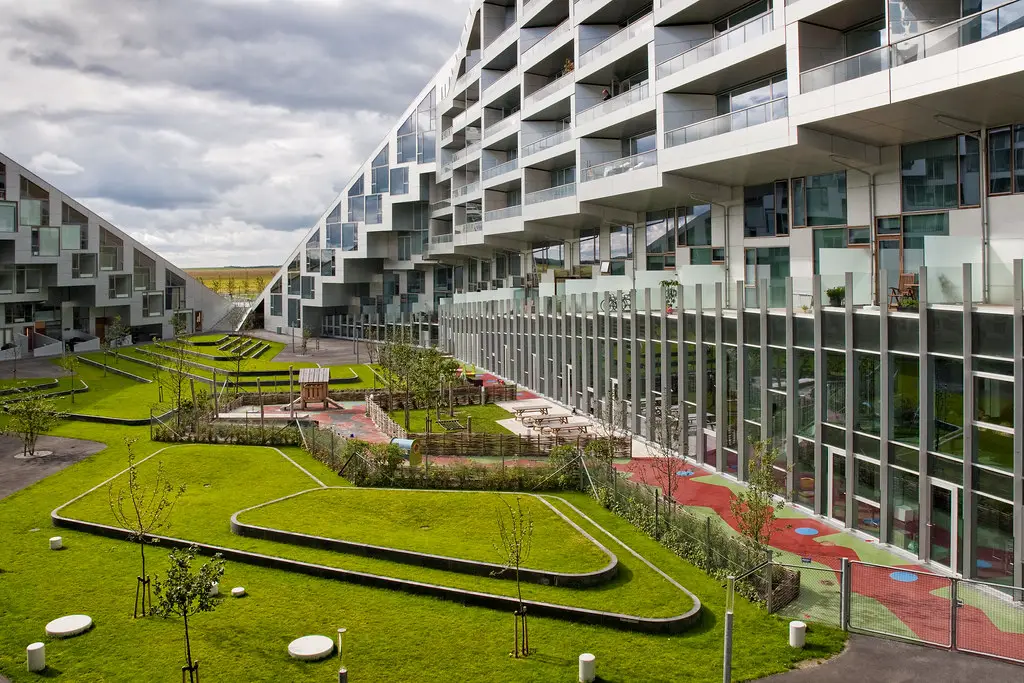
Copenhagen has long been a leader in bike-friendly infrastructure, and its Ørestad district is no exception. The area is designed with elevated bike lanes, pedestrian-only zones, and direct connections to public transit. Car use is limited, and underground garages help preserve surface space for people instead of vehicles. The result is a sleek, modern neighborhood that encourages walking over driving.
What makes Ørestad unique is its emphasis on accessibility and aesthetic design. Buildings are oriented around plazas, canals, and bike routes rather than roads. Residents enjoy a more peaceful, less polluted environment. It’s a model of how urban development can balance modern living with environmental goals.
6. Masdar City – Abu Dhabi, UAE
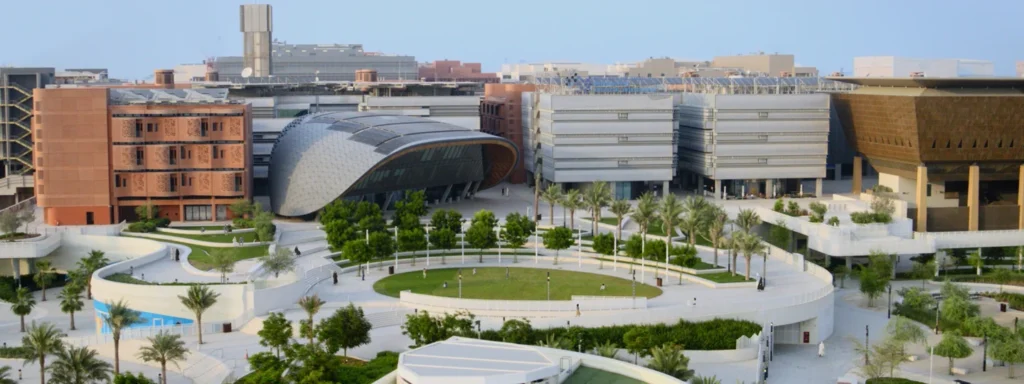
Masdar City was conceived as a sustainable, car-free city from the ground up. Personal vehicles are banned within the core, where shaded walkways and electric transport systems help people get around. The design reflects the need to reduce emissions in one of the hottest regions on earth. Solar panels and natural ventilation help keep temperatures down without cars adding heat.
Although the project has evolved over time, the original commitment to car-free living still guides much of its infrastructure. Residents navigate short distances easily thanks to smart urban planning. It’s one of the most ambitious attempts at zero-carbon development. And it continues to inspire similar projects in extreme climates.
7. Houten – Utrecht Province, Netherlands

Houten is famous for its bike-centric layout. The town’s streets are designed so cars are only allowed on certain perimeter roads, while bikes and pedestrians have priority in central areas. Schools, shops, and parks are all accessible via a network of cycle paths. It’s one of the few places where kids regularly bike to school without parental supervision.
The town was planned with the goal of reducing traffic accidents and increasing public health. And it’s worked—Houten has some of the lowest traffic fatality rates in the country. Its success has inspired similar efforts across Europe. Here, biking isn’t a lifestyle choice—it’s just how people live.
8. GWL Terrein – Amsterdam, Netherlands
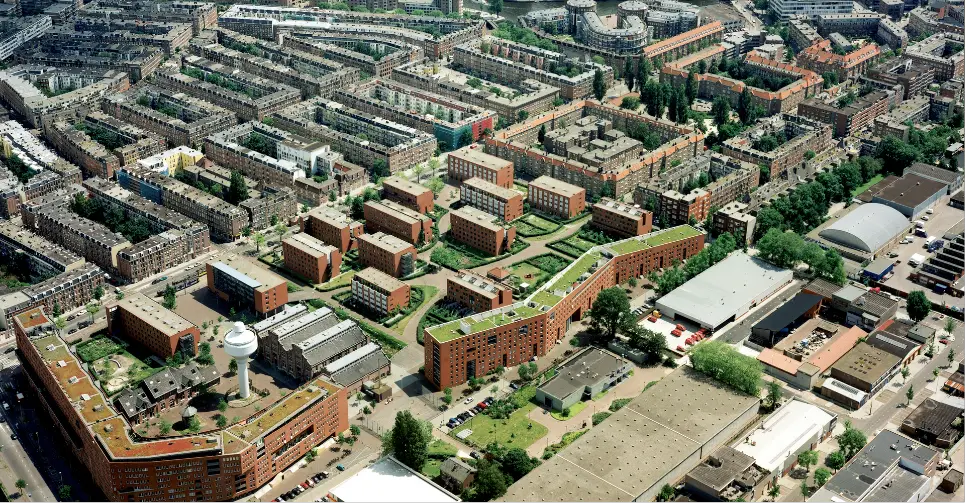
GWL Terrein is a former industrial site turned car-free residential neighborhood. No private cars are allowed inside the area, and parking is located at the edge of the development. Residents walk, bike, or take public transit for nearly everything. Shared green spaces and gardens replace what would have been roads and driveways.
The neighborhood’s design encourages social interaction and environmental responsibility. It’s compact, walkable, and built with sustainability in mind. Even the architecture supports passive energy use. It’s a quiet example of how thoughtful planning can reshape city life.
9. Seestadt Aspern – Vienna, Austria
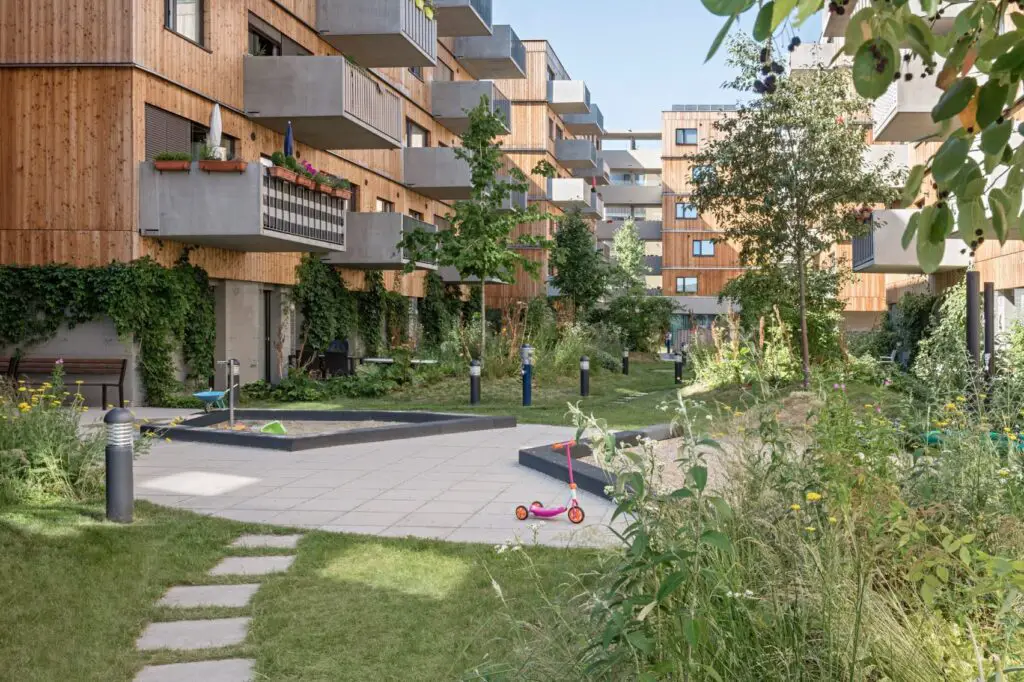
One of Europe’s largest urban development projects, Seestadt Aspern is being designed with minimal car access from day one. Streets prioritize trams, buses, and bikes, and most residences are within walking distance of shops and services. Cars are allowed, but heavily restricted and de-emphasized in daily life. The plan is to reduce traffic while increasing community interaction.
Green roofs, lakes, and parks help soften the urban layout. Public transit connections make it easy to move without a car, even for commuters. The neighborhood is still under development, but it’s already attracting residents drawn to its slower pace. It’s a rare blend of modern planning and old-fashioned walkability.
10. Vauban Nord – Lille, France
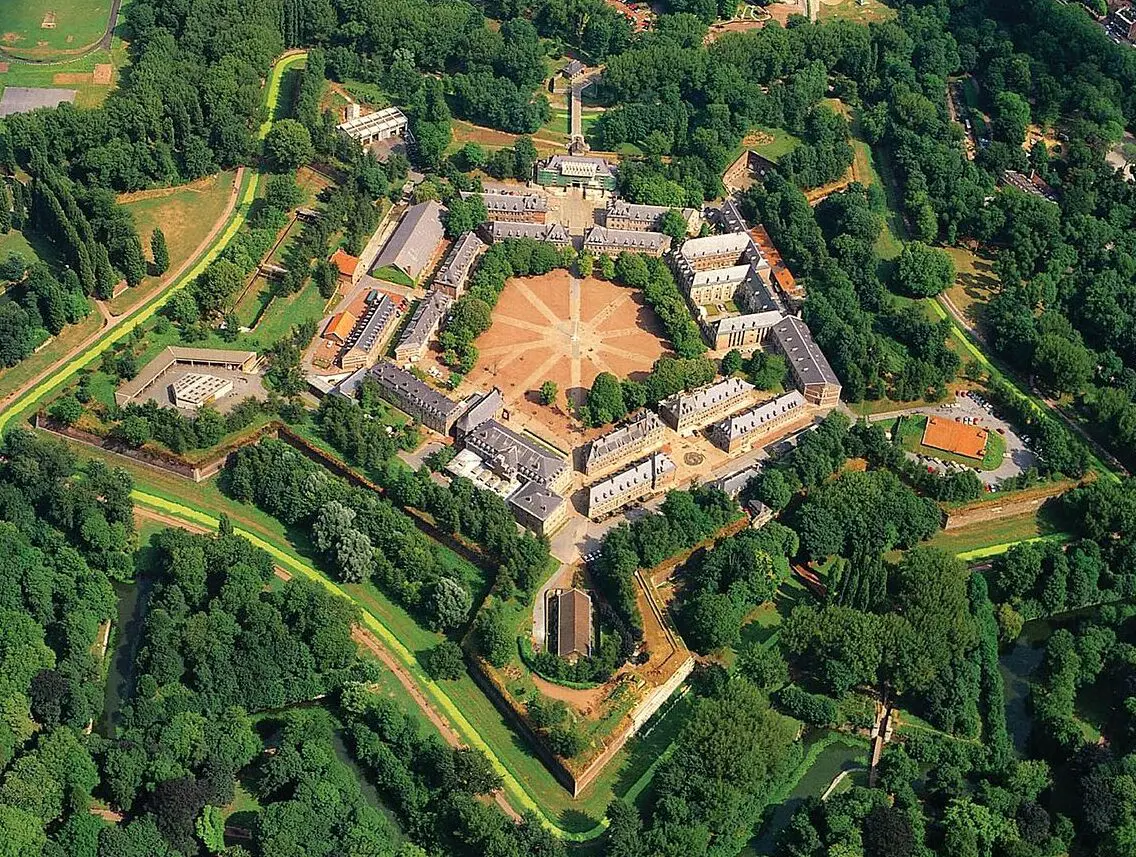
Vauban Nord is a pilot project exploring what a near-car-free lifestyle looks like in a mid-sized French city. Most parking is kept underground or outside the neighborhood entirely. The surface level is filled with plazas, bike paths, and pedestrian-only areas. Families and seniors benefit especially from the added safety and quiet.
Shops, schools, and cultural spaces are integrated into the plan to reduce the need for travel. It’s a test case for future developments across France. Residents report feeling more connected and less rushed. And cities elsewhere are watching closely to see how it evolves.
11. Whisper Valley – Austin, Texas

Whisper Valley isn’t completely car-free, but it’s pushing hard in that direction. Homes are designed with shared electric vehicle charging, and the community layout minimizes car dependence. Walking trails and bike paths connect homes with parks and future transit. It’s part of a broader vision for sustainable suburban development.
Builders have focused on net-zero homes, solar integration, and community farming. It’s a blend of new technology and old-fashioned self-reliance. The development is still growing, but its early success has sparked interest nationwide. It shows how even U.S. suburbs can reduce car reliance if they’re designed with care.
12. Loretto Heights – Denver, Colorado
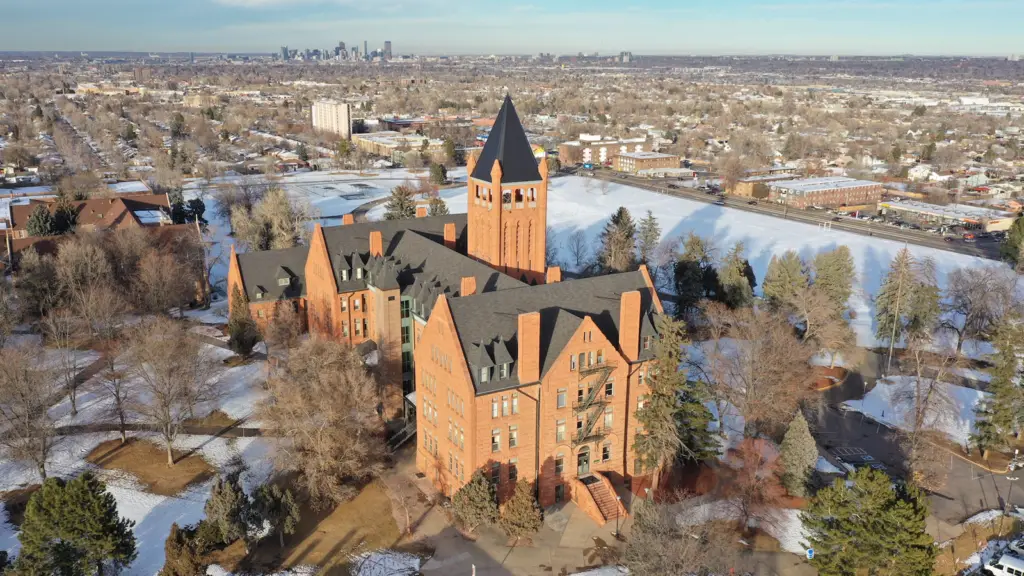
Denver’s Loretto Heights development is reimagining how a historic site can become a walkable, low-car neighborhood. The design emphasizes pedestrian corridors, limited vehicle access, and integrated public spaces. It’s a response to growing demand for less congested, more livable urban areas. And it blends historic preservation with future-facing urbanism.
Planners are including affordable housing, cultural centers, and open space in the mix. By doing so, they’re hoping to create a vibrant, walkable neighborhood that still feels rooted in the city. Cars won’t be banned entirely—but they’ll no longer be the priority. It’s a quiet but intentional shift in how cities grow.
13. Highland Park – Pittsburgh, Pennsylvania
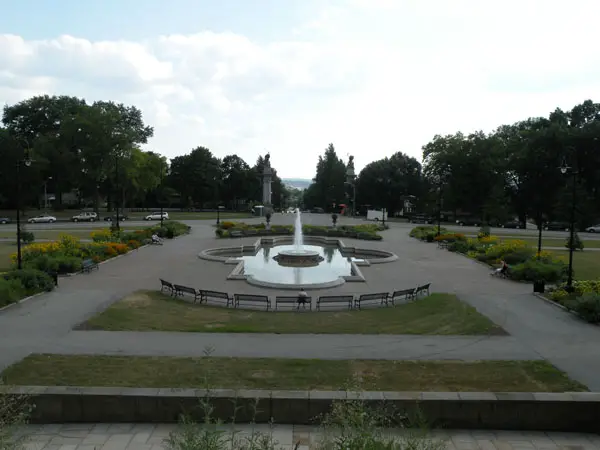
In Pittsburgh, Highland Park is part of a broader plan to reduce car use through street redesign and community engagement. Roads are being narrowed or redirected to prioritize walking and biking. New zoning laws favor mixed-use development and fewer parking requirements. It’s not car-free yet, but it’s headed in that direction.
The community has embraced pop-up plazas, slow streets, and expanded sidewalks. Traffic is down, while foot traffic is up. It’s proof that even older neighborhoods can be retrofitted for less driving. Sometimes all it takes is a few thoughtful changes to make a place feel entirely new.
